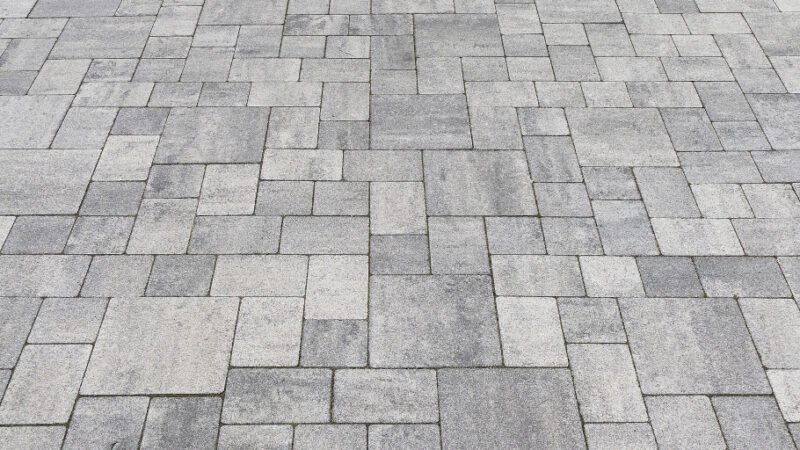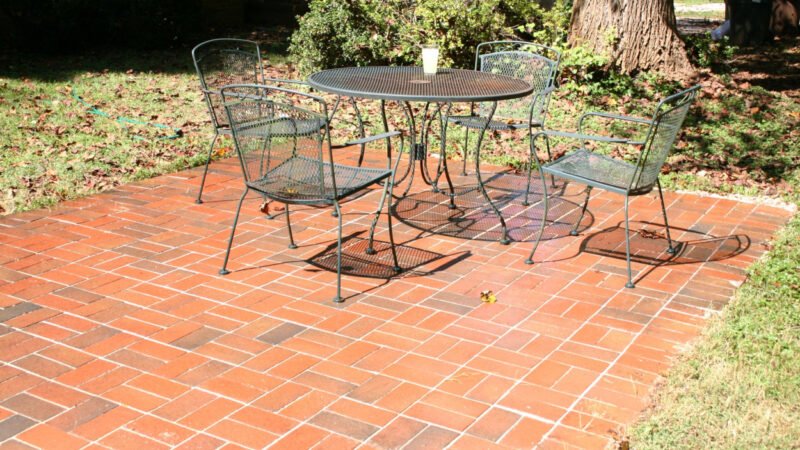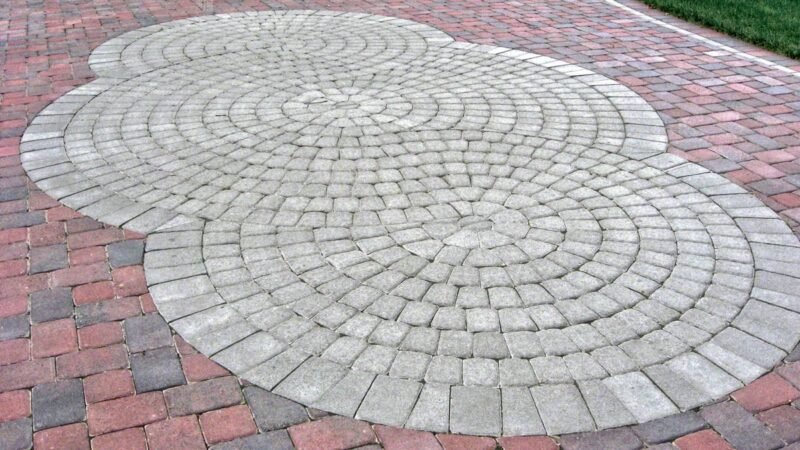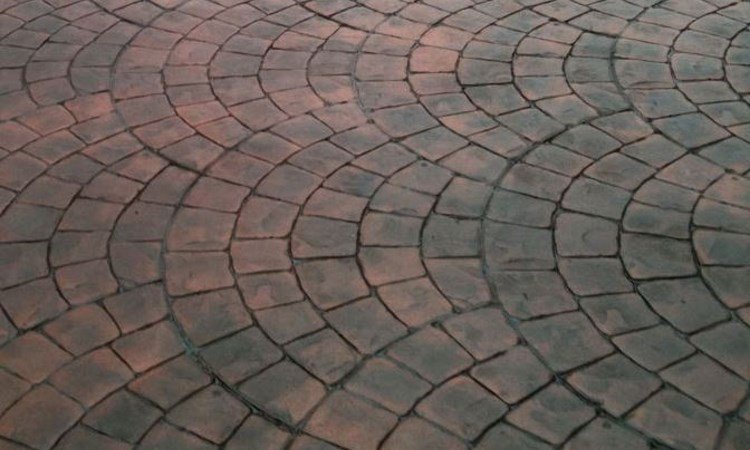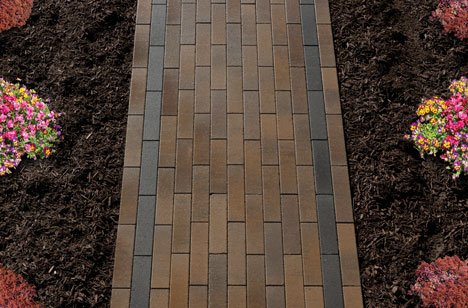Herringbone Paver Pattern
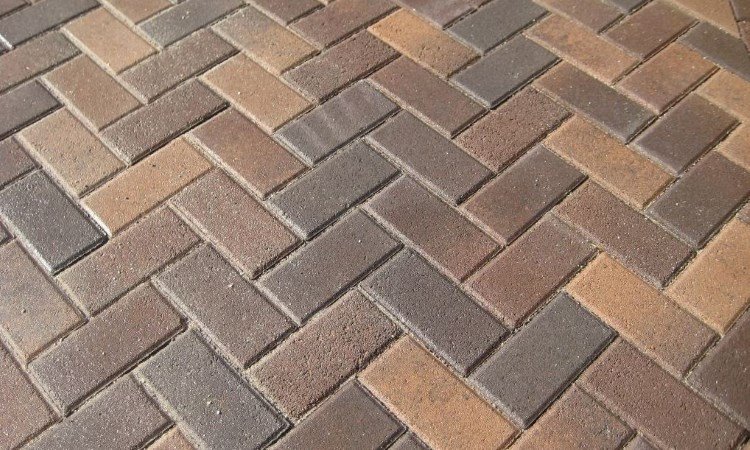
The herringbone pattern is a classic and popular paver design that involves laying the pavers at a 45-degree angle to the main axis, creating a distinctive V-shaped pattern. This pattern is known for its stability, durability, and visually appealing aesthetics. Here’s an expanded overview of the herringbone pattern:
1. Visual Characteristics:
- Distinctive V-Shaped Pattern: Pavers are arranged in a V-shaped or zigzag pattern, creating a visually dynamic and interesting effect.
- Staggered Appearance: The herringbone pattern features staggered joints, reducing the visibility of long continuous lines and enhancing the overall visual appeal.
2. Stability and Durability:
- Enhanced Load Distribution: The 45-degree angle provides better load distribution, making the herringbone pattern more stable and durable than linear patterns like the running bond.
- Resists Shifting: The interlocking nature of the pattern helps resist shifting and settling, making it a preferred choice for driveways and high-traffic areas.
3. Variations:
- 90-Degree Herringbone: In addition to the standard 45-degree herringbone, a 90-degree herringbone pattern involves arranging pavers at a right angle (perpendicular) to the main axis, creating a different visual effect.
- Double Herringbone: This variation involves repeating the herringbone pattern within each section, creating a more intricate and textured look.
4. Installation Tips:
- Starting Point: Similar to other patterns, choose a straight reference line as the starting point. The first row of pavers is laid at a 45-degree angle to this line.
- Precision in Cutting: Precision is crucial when cutting pavers at the edges to maintain the integrity of the pattern.
5. Accommodating Slopes:
- Adaptability to Slopes: The herringbone pattern can be adapted to slopes, creating a consistent appearance even on inclined surfaces.
- Ensuring Proper Drainage: Proper slope and drainage considerations are essential to prevent water pooling on the surface.
6. Borders and Accents:
- Contrasting Borders: Incorporating contrasting border pavers can enhance the herringbone pattern, providing a defined edge and adding visual interest.
- Accent Bands: Inserting accent bands or rows of different-colored pavers can create a decorative element within the herringbone design.
7. Visual Perception:
- Illusion of Width: The herringbone pattern can create the illusion of a wider space, making it suitable for areas where elongation is desired.
- Dynamic and Engaging: The diagonal arrangement of pavers adds a dynamic and engaging element to the paved surface.
8. Material Compatibility:
- Adaptable to Various Materials: The herringbone pattern is adaptable to various paver materials, including concrete, brick, natural stone, and porcelain.
9. Maintenance Considerations:
- Regular Inspection: Periodic inspection is important to ensure that the pattern remains intact and that no settling or shifting has occurred.
- Joint Sand: Properly filling the joints with sand helps stabilize the pavers and prevents weed growth.


